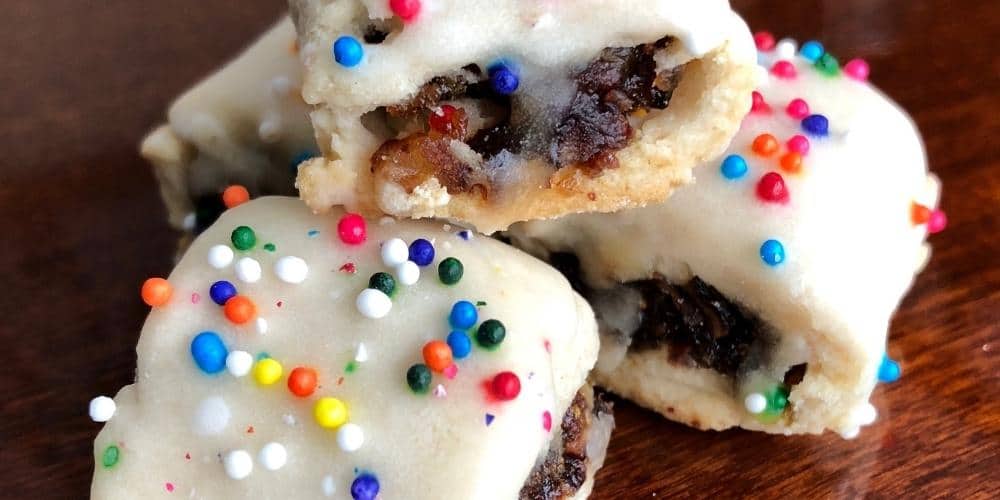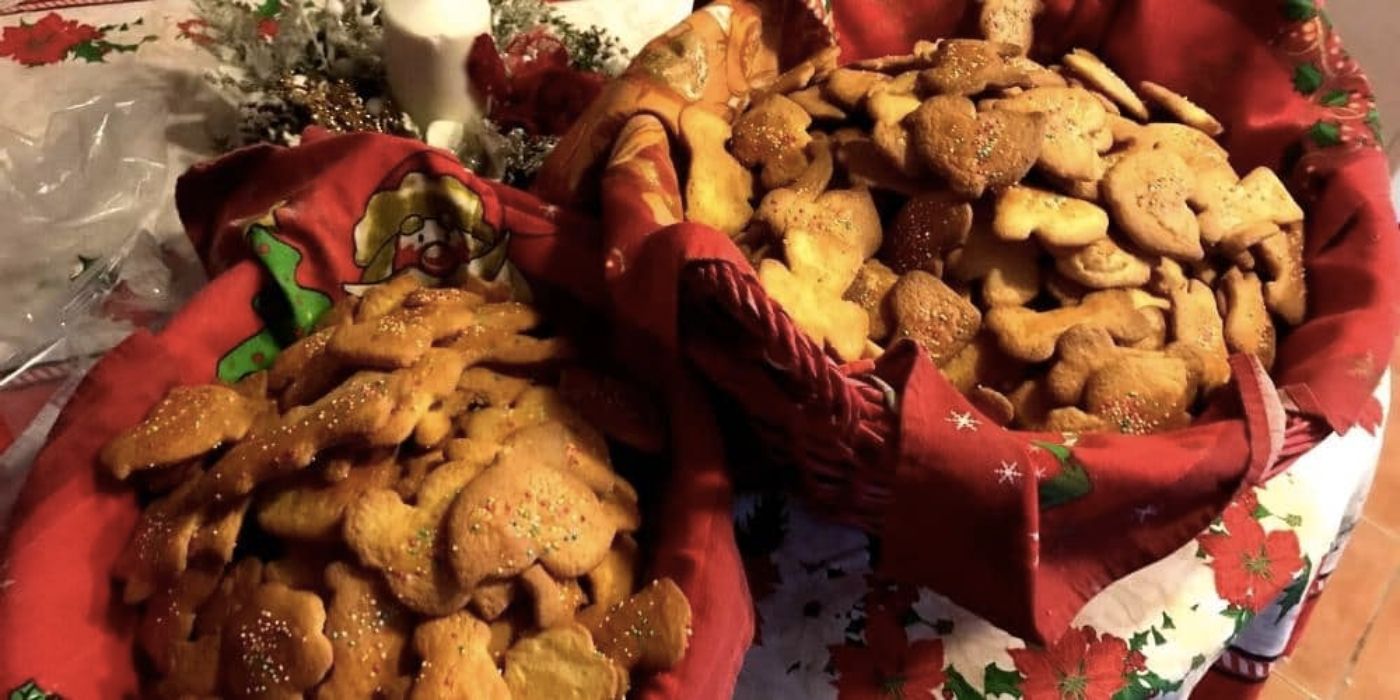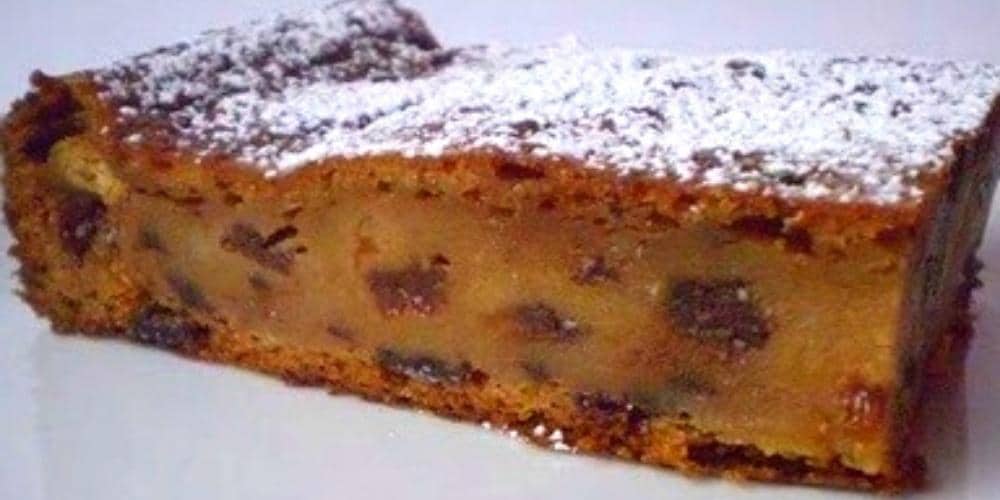The feast of the Epiphany is celebrated all over the world, but it’s especially in Italian folklore that the figure of the Befana stands out, often related to the presence of sweets and candies.
In Italy it’s used to say that “l’Epifania tutte le feste porta via” (which means that, after Epiphany, the holidays end). But it doesn’t wipe out the typical Italian appetite or even the regional confectionery traditions that characterize Christmas holidays.
For this reason, we are about to embark on a journey from the North to the South of the Italian peninsula to discover stories and recipes of 5 typical Epiphany desserts. Let’s check them out together!

Epiphany desserts: not only Befana stockings!

Legend has it that the Three Wise Men, on their way to Bethlehem, met an old lady whom they asked informations about the road to follow. They also asked her to join them to go and meet the Holy Child, but she initially didn’t want to leave home. She later regretted it and went out to find them, without success. Then she started walking around house to house giving sweets to all the children she found, hoping sooner or later to finally meet the Holy Child.
According to tradition, that’s why, on the night between the 5th and the 6th of January, the Befana flies on her broom and slips into the fireplaces of every house. Here, without being discovered, she fills children’s stockings hanging from the fireplaces. If a child has been good, he will receive sweets, fruit and treats; if he has been bad, he will find coal.
This is an ancient custom that never goes out of style and that adults also like. Even when we give (or receive) those impersonal Befana stockings that you can find on sale, the emotion of opening them and discover the delicacies inside remains the same!
In addition to the classic rite of stocking, to celebrate in the best way this festivity each region of Italy offers also some delicious Epiphany desserts based on local tradition: let’s discover together 5 tasty and unmissable recipes.
5. Epiphany desserts from Veneto: the Pinza de la Marantega
Veneto is a wonderful region to explore and experience during Christmas holidays (and not only!), both from a cultural and gastronomic point of view.
Pinza is one of the typical Epiphany desserts, even though the tradition of preparing it during this festivity involves also the adjacent regions of Trentino and Friuli.
It's a fluffy cake made with two flours and usually enriched with raisins, pine nuts and dried fruit. A touch of rum, grappa or vin santo is a must to get the best of this tasty dessert.
Also known as Pinza de la Marantega (which means “Befana” in Veneto dialect), the peasants used to place this cake, carefully wrapped in cabbage leaves, under the burning coals of the bonfires prepared to celebrate Epiphany.
The recipe - As it often happens with traditional desserts, each country, family and region has its own recipe version, with some ingredients added, changed or missing: this is an important aspect that must always be stressed.
To make Pinza, you will need 00 flour, cornflour, dry brewer's yeast (optional), raisins, pine nuts, fennel seeds, dried figs, a small glass of grappa, sugar, butter, milk or water.
The dough can be made in just over 20 minutes but needs to be cooked for at least an hour. If you add yeast, it must be left to rest until it doubles in volume. Once baked, a delicious smell will overwhelm your home!
Live a magical Epiphany with the Venice Dinner Show4. Piedmont: the Focaccia della Befana
You can not miss a traditional Epiphany dessert of Piedmont, a fascinating region to be discovered that offers extraordinary products and flavors.
The so-called Fugassa d’la Befana (in Piedmontese dialect) is a fluffy and tasty cake which needs a long rising time. This simple dessert made with butter, flour, milk and eggs is often given a graceful daisy shape. Depending on taste, it is sometimes filled with candied fruit, dried fruit, or raisins.
The uniqueness of the Focaccia della Befana is not only in its taste, but also in a curious and fun tradition.
The cake's petals hide a surprise: bite after bite, someone might find two dried fava beans, one white and one black. According to some customs, whoever finds the white one will be lucky all year round; instead, others say that whoever finds the black one will have to buy drinks!
The recipe - The dough is made of flour, butter, sugar, brewer's yeast, candied fruit (according to personal taste), egg yolks and milk. Poor ingredients for a recipe as simple as tasty. The secret is in the leavening: 12 hours. Once cooked in the oven, the Focaccia is covered with colored confetti.
3. Tuscany: the Befanini biscuits
These Tuscan sweets with such a cute name are shortcrust biscuits flavoured with rum and decorated with chocolate shavings or coloured sprinkles. They are made with pretty Christmas moulds, so they look like little trees, stars, stockings, hats and other typical elements of the Christmas festivities.
Traditionally, Befanini are baked on the 5th of January and eaten the next day, on the Epiphany festivity. Usually, people eat Befanini for breakfast, dipping them in milk or hot chocolate or munching them as a snack wet in wine. Many people also put them in children's Christmas stockings (in this case, watch out for the rum!). The preparation is very simple, so even children are often involved in it.
The recipe - As mentioned above, these are classic shortcrust biscuits. To make them, you will need butter, milk, flour, eggs, sugar, lemon zest, rum (optional), baking powder and sprinkles or chocolate chips. The fun part is making the shapes!
Discover the Tuscan flavors on a gastronomic tour of Florence2. Abruzzo: the Pepatelli, pepper biscuits

Don't be afraid to try the unconventional… Abruzzese pepper biscuits! Pepatelli are simple biscuits representing Epiphany in the wonderful Abruzzo.
They give an intense aftertaste thanks to the contrast between the two main ingredients, honey and pepper. This marriage of ingredients comes from an ancient traditions that create a perfect harmony of taste. The biscuits are also typical of other southern Italian regions, where they are served during all the Christmas festivities.
The recipe - The preparation is not complicated, but it must be done while all the ingredients are still warm. You will need honey, wholemeal flour, cocoa, almonds and orange peel. Do not forget the black pepper!
1. Sicily: the Buccellati, stuffed biscuits

Buccellati are typical Sicilian Christmas biscuits eaten throughout the festive season, and the tradition of this dessert explodes the 6th of January, on the Epiphany day. Basically, they are simple shortcrust biscuits filled with a delicious dried fig filling.
As is often happens with traditional recipes, each family makes its own changes according to personal taste: someone add cinnamon, someone else cloves, while others prefer a jam or Sicilian pistachios filling. Generally, these delicious biscuits are covered with colored sugar icing. In short, an irresistible treat!
The recipe - It’s a simple preparation, but it’s essential to let the filling rest once prepared. You will need flour, eggs, lard, milk and sugar for the biscuits.
Then let your taste guide you for the filling: dark chocolate, milk chocolate, white chocolate, toasted almonds, walnuts, toasted pistachios, mandarin jam, fig jam, cinnamon powder. Whatever your choice, the flavor is guaranteed!
About the author
Written on 12/12/2023




Sabrina Fabozzi
Epiphany desserts: in Italy the feast at the table never ends! From North to South, let’s find out stories and recipes of 5 desserts of the tradition.